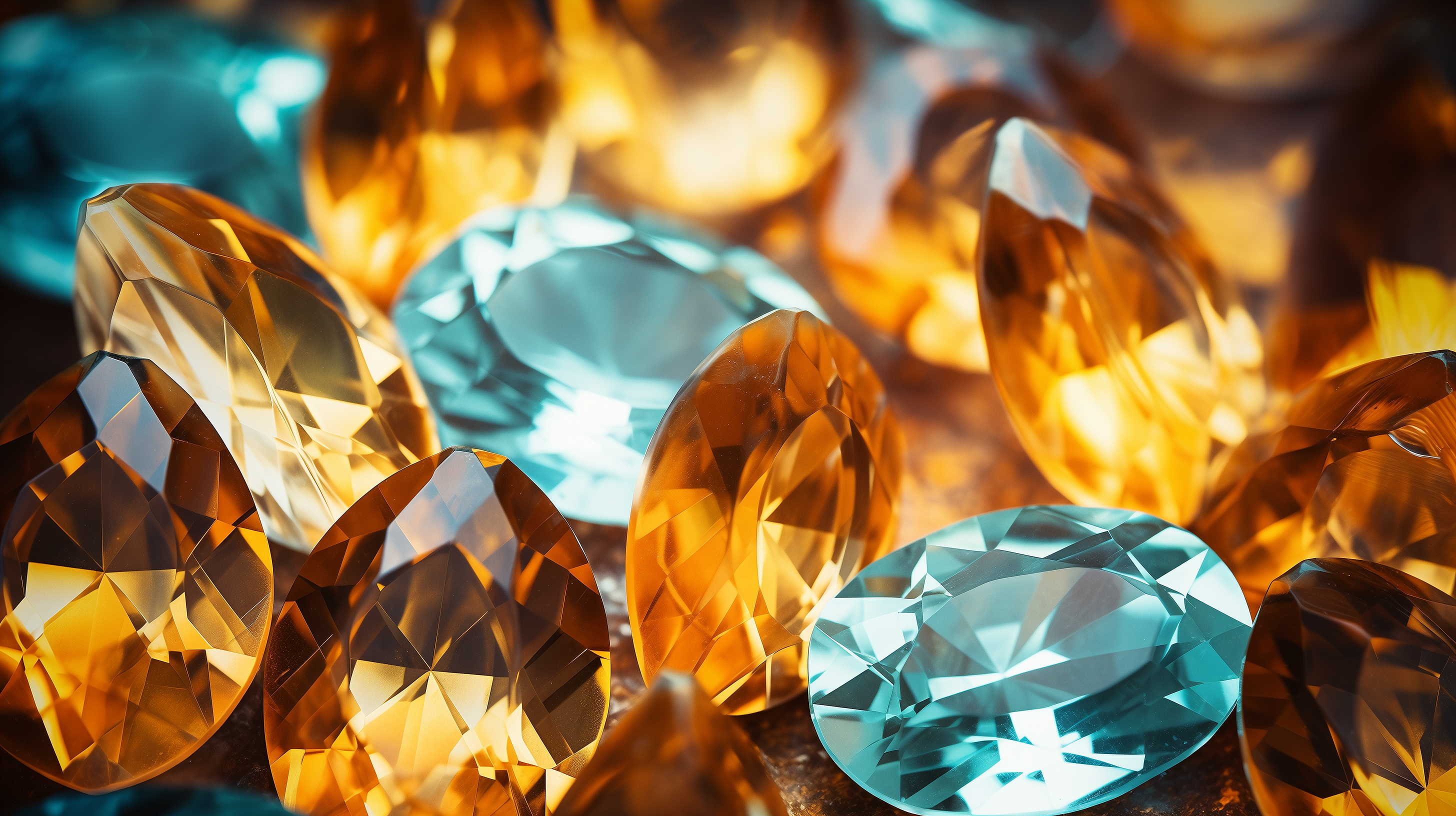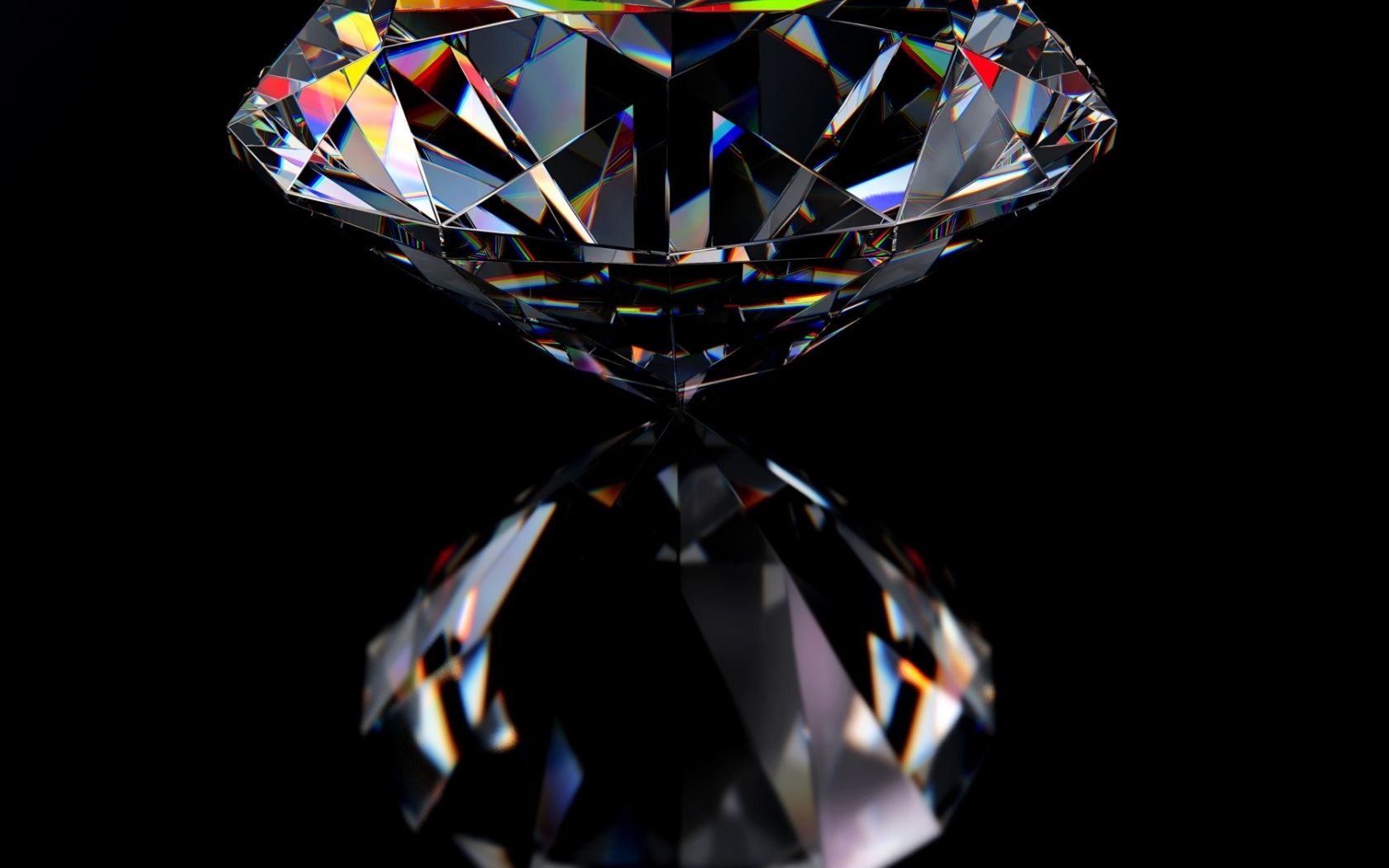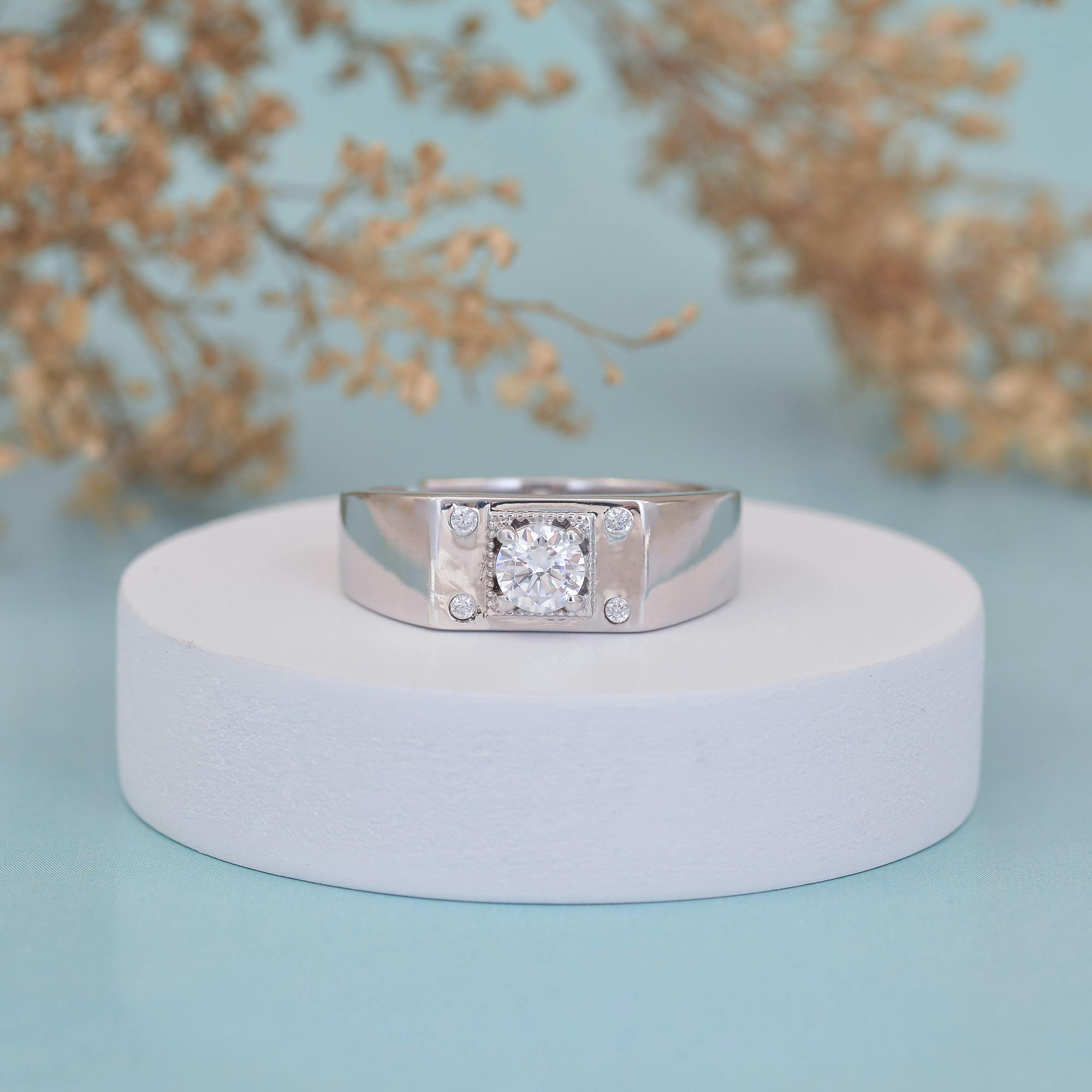Lab grown diamonds have emerged as a revolutionary alternative to traditional mined diamonds, offering consumers ethical, sustainable, and affordable options without compromising on quality or beauty. In this article, we delve into the world of lab grown diamonds, exploring their advantages, production process, market trends, and more.
Table of Contents
Introduction to Lab Grown Diamonds
Lab grown diamonds UK, also known as synthetic or cultured diamonds, are produced in controlled laboratory environments rather than being mined from the earth. Unlike natural diamonds formed over millions of years deep within the Earth’s crust, lab grown diamonds are created using advanced technology to replicate the natural diamond-growing process.
What are lab grown diamonds?
Lab grown diamonds are chemically, physically, and optically identical to natural diamonds, possessing the same crystal structure and properties. They are composed of carbon atoms arranged in a diamond cubic lattice, resulting in the stunning brilliance and durability characteristic of diamonds.
How are lab grown diamonds different from natural diamonds?
While natural diamonds are formed through geological processes involving immense heat and pressure deep within the Earth, lab grown diamonds are produced in a controlled laboratory setting using either the chemical vapor deposition (CVD) method or the High Pressure High Temperature (HPHT) method. This difference in origin gives lab grown diamonds distinct advantages in terms of ethical sourcing, environmental impact, and cost-effectiveness.
Rising popularity of lab grown diamonds in the UK
In recent years, lab grown diamonds have gained significant traction in the UK jewellery market, driven by growing consumer awareness of ethical and sustainable alternatives. As more people seek environmentally responsible choices without compromising on luxury and beauty, the demand for lab grown diamonds continues to rise.
Advantages of Lab Grown Diamonds
Lab grown diamonds offer a myriad of advantages over their natural counterparts, making them an attractive option for conscientious consumers.
Ethical and sustainable sourcing
One of the most compelling reasons to choose lab made diamonds is their ethical and sustainable sourcing. Unlike natural diamonds, which may be associated with environmental degradation, human rights abuses, and conflict, lab grown diamonds are produced in controlled laboratory conditions without harming ecosystems or communities. This ethical transparency resonates with consumers who prioritize responsible purchasing practices.
Cost-effectiveness compared to natural diamonds
Another significant advantage of lab grown diamonds is their cost-effectiveness. On average, lab grown diamonds are priced 20-40% lower than natural diamonds of comparable quality. This affordability allows consumers to invest in larger or higher quality stones within their budget, making luxury jewellery more accessible to a wider audience.
Quality and brilliance comparable to natural diamonds
Contrary to common misconceptions, lab grown diamonds exhibit the same exceptional quality and brilliance as natural diamonds. They undergo rigorous testing and certification to ensure they meet the highest standards of cut, clarity, color, and carat weight. Whether set in engagement rings, earrings, or necklaces, lab grown diamonds dazzle with their fire, sparkle, and elegance.
The Process of Creating Lab Grown Diamonds
The production of lab grown diamonds involves sophisticated technology and precise craftsmanship to replicate the natural diamond-growing process.
Chemical vapor deposition (CVD) method
In the CVD method, a small diamond seed is placed in a sealed chamber filled with a carbon-rich gas, such as methane. When the gas is heated to extreme temperatures, it breaks down, depositing carbon atoms onto the diamond seed. Over time, layer by layer, the diamond grows into a larger, gem-quality stone.











